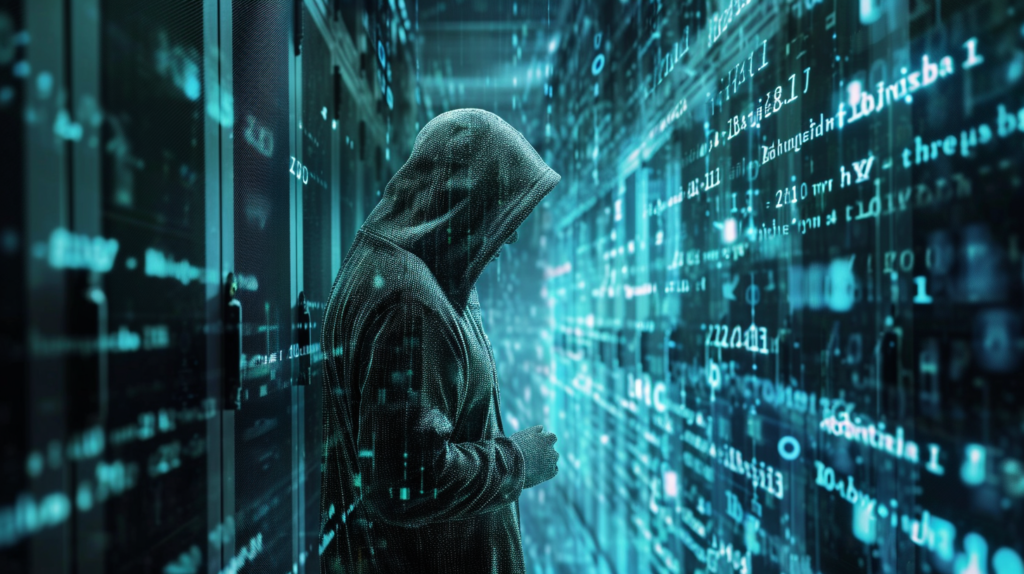The internet is vast and complex, but the surface web is only the beginning. Beneath it lies the deep web, which hosts all kinds of information we can’t access through standard search engines. And then there’s the dark web, a section that’s less about anonymity for security and more about obscurity for secrecy. It’s a place that can harbor illicit activities but also serves as a refuge for the vulnerable.
What is the Dark Web?
The dark web is a small portion of the deep web that has been intentionally hidden and is inaccessible through standard web browsers. To access it, you typically need specific software such as Tor, which allows users to surf the web anonymously. This anonymity facilitates both privacy and illicit activities.
Why Monitor the Dark Web?
Monitoring the dark web is essential for several reasons, particularly for organizations concerned about data security and reputation management. Here’s why:
- Data Theft: Cybercriminals often buy and sell stolen data, such as credit card numbers, login credentials, and personal information.
- Company Reputation: News of your data being sold or discussed on dark forums can damage the reputation you’ve worked hard to build.
- Trend Awareness: Monitoring can help organizations identify trends in cyber threats, enabling proactive measures.
- Protect Vulnerable Populations: Many people seek refuge on the dark web to escape oppressive regimes or for other valid reasons. Understanding this context is important.
How Dark Web Monitoring Works
Dark web monitoring involves scanning various hidden forums and marketplaces for any mention of your organization, its employees, or its products. Here’s a simplified breakdown of how it typically works:
- Data Collection: Specialized tools automatically crawl and index dark web marketplaces and forums.
- Keyword Tracking: Monitoring tools track specific keywords relevant to your organization. This could include brand names, employee names, and industry-related terms.
- Anomaly Detection: These tools often employ machine learning to detect anomalies in the data, such as sudden mentions of your brand alongside terms like “breach” or “hack.”
- Alerts and Reporting: When relevant data is detected, users receive alerts, leading to timely response actions.
What Can Be Found on the Dark Web?
The dark web hosts a myriad of content. Here are some of the most “popular” items:
- Stolen Data: This is often the most sought-after item on the dark web, including hacked databases and personal records.
- Illegal Drugs: Marketplaces selling illegal substances operate under various pseudonyms.
- Weapons: Some vendors offer arms and ammunition, making it a dangerous aspect of the dark web.
- Hacked Services: There are offers for hacking services that can compromise privacy and security.
Challenges in Dark Web Monitoring
While monitoring the dark web is critical, it comes with its share of difficulties:
- Constant Changes: The dark web is dynamic, with new sites appearing and disappearing frequently.
- Anonymity: Users can mask their identities, making it hard to trace back to the source of a threat.
- Volume of Data: The sheer amount of information makes it daunting to sift through and identify significant threats.
- Legal and Ethical Concerns: Understanding the legal implications of monitoring while ensuring ethical standards is complicated.
Best Practices for Effective Dark Web Monitoring
To make the most of dark web monitoring, organizations should adopt best practices:
- Use Reputable Tools: Invest in established and trustworthy dark web monitoring tools that offer the best analytics.
- Regularly Review Alerts: Follow up on alerts promptly to assess risks and prevent potential breaches.
- Integrate with Existing Security Infrastructure: Ensure that dark web monitoring is part of an overall cybersecurity strategy.
- Educate Employees: Regular training can help employees recognize phishing attempts and other scams.
Conclusion
Dark web monitoring isn’t just about spying on the criminal underworld; it’s about protecting your most valuable assets—data and reputation. Every organization today has some exposure to cyber threats. Understanding how the dark web works and why monitoring it is vital can make a substantial difference. It’s a complex, multifaceted issue that requires attention but can ultimately lead to a stronger security posture for any organization.
Future of Dark Web Monitoring
As internet usage continues to evolve, so too will the dark web and the techniques used to monitor it. Enhanced artificial intelligence and machine learning tools will likely become vital components, offering deeper insights and more automation. The future may hold a more interconnected approach to cybersecurity, where dark web insights directly inform strategies to counteract threats. Whatever happens, one thing is clear: monitoring the dark web will remain a crucial step in safeguarding data and maintaining trust in an increasingly digital world.

